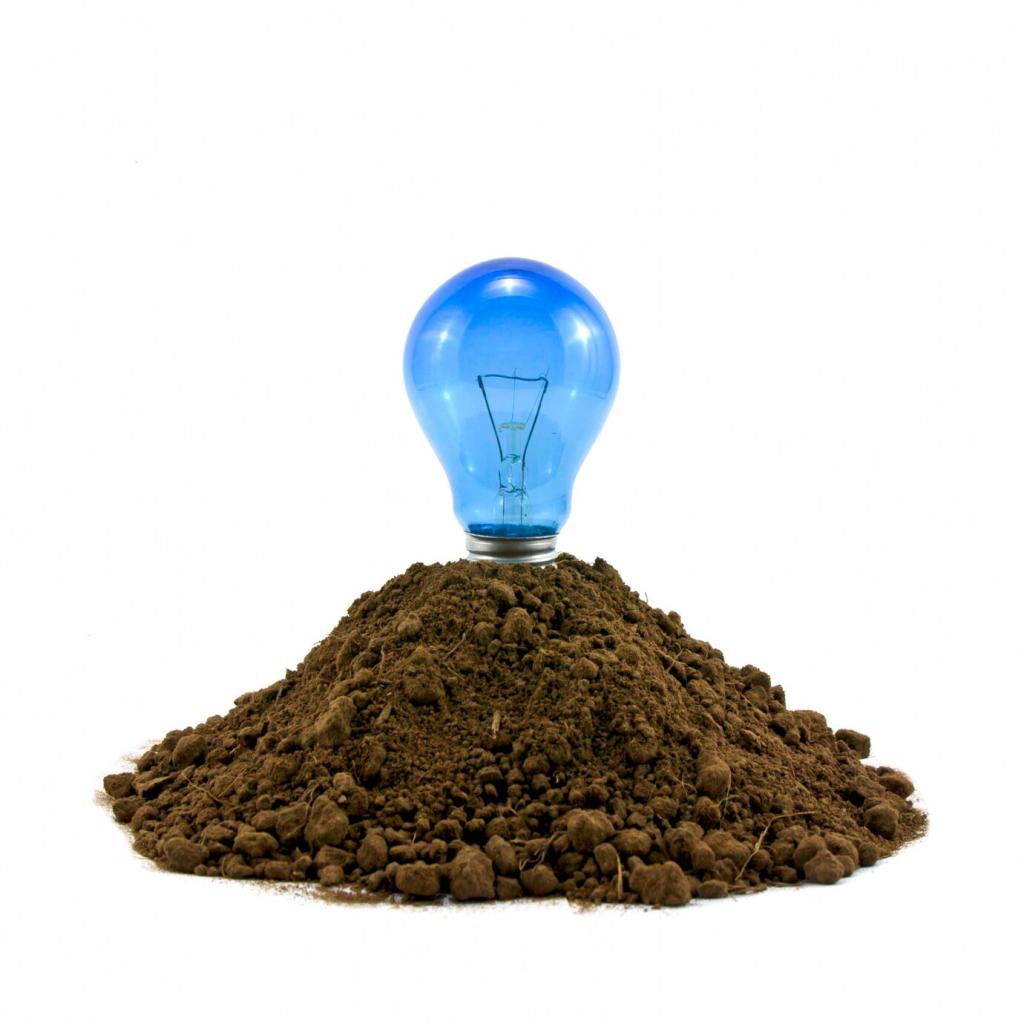
Innovative Biodegradable Household Products: Everyday Change with Lasting Impact
Today’s theme: Innovative Biodegradable Household Products. Step into a home that cleans, cooks, and cares without leaving plastic ghosts behind. Expect friendly science, real stories, and practical swaps you can start today—then share your wins with our community.
Why Biodegradable Matters at Home
Disposable sponges, liners, and bottles seem harmless until they end up as persistent fragments in soil and sea. Innovative biodegradable household products are engineered to break down under the right conditions, easing long-term pollution without sacrificing everyday convenience.


Why Biodegradable Matters at Home
When products meet credible compostability standards, their afterlife can enrich compost instead of clogging dumps. Think food-scrap bags and fiber-based dish brushes that return carbon to soil, support microbes, and close a loop your kitchen participates in daily.
Materials Behind the Innovation
Plant-Based Polymers: PLA and PHA
Polylactic acid and polyhydroxyalkanoates come from renewable sources like corn or microbial fermentation. In properly managed composting environments, they break down into water, carbon dioxide, and biomass. Look for clear labeling about home versus industrial compostability.
Nature’s Fibers: Bamboo, Bagasse, and Cellulose
Bamboo handles, sugarcane bagasse containers, and cellulose cloths replace plastic with fast-renewing fibers. They often deliver excellent grip, absorbency, and heat resistance while maintaining a clean end-of-life pathway. Check treatments or coatings that might affect composting.
Cleaner Chemistry in Everyday Formulas
Dish soaps and sprays can use biodegradable surfactants and citrus-derived solvents, minimizing aquatic toxicity. Innovative biodegradable household products pair performance with rapid breakdown, leaving fewer residues behind your drain. Share your favorite formulas so we can test them together.




Composting and Disposal Without the Confusion
Many products labeled compostable require higher heat and controlled humidity, available at industrial facilities, to break down efficiently. Home systems are cooler and slower. Confirm your product’s certification and follow local guidance to avoid wish-cycling or stalled decomposition.
Composting and Disposal Without the Confusion
Seek credible standards like EN 13432 or ASTM D6400 and third-party marks. Clear instructions help you separate compostable liners from recyclable caps or pumps. When in doubt, contact the brand directly and ask for test data; responsible makers will share.
Field Notes: One Family’s 30-Day Switch
We replaced plastic bin liners with certified compostable ones and swapped paper towels for cellulose cloths. Spills cleaned faster, and our landfill bin stayed surprisingly empty. The kids even fought over who got to ring out the reusable cloth first.
We misread a label and sent an ‘industrial-only’ utensil to our home compost. It lingered. After checking certifications, we redirected it to the municipal green bin. Lesson learned: the right conditions matter as much as the product itself.
Refill concentrates cut cupboard clutter, and bamboo brush heads held up to heavy frying nights. By month’s end, we reduced trash by a third. Try a 30-day challenge and post your before-and-after photos so we can celebrate together.

Performance, Price, and Durability—What’s Real?
Cost Comparisons That Make Sense
Price per use beats price per unit. Concentrated biodegradable cleaners stretch farther, and compostable liners used correctly mean fewer torn bags. Track usage for a week and share your numbers; real data beats vague impressions every single time.

Certifications and Standards Decoded
These standards outline how fast and how completely a product must break down under industrial composting conditions. When you see them, disposal becomes clearer. Pair standards with local program rules to ensure your items reach the right facility.
Certifications and Standards Decoded
BPI certification is widely recognized in North America, while TÜV’s OK compost HOME signals suitability for cooler backyard systems. Look closely at product parts; a compostable pouch may hide a non-compostable zipper requiring separate handling at disposal.


Track Your Impact and Share Your Wins
Count the number of landfill bags you set out weekly before and after switching. Note product lifespans and refills used. Post your results to inspire neighbors, and we’ll feature standout stories in upcoming guides focused on innovative biodegradable household products.

